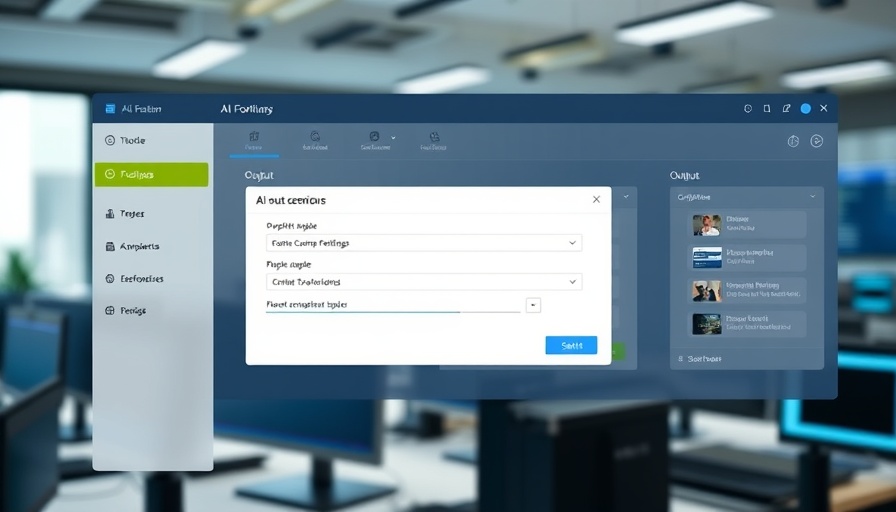
Revolutionize Your Workflow: Gmail and Slack Integration
In a digital age where communication tools are abundant, it’s crucial for marketing professionals to streamline their processes. If your team primarily collaborates in Slack, the potential of missing critical email communications from leads or clients can feel overwhelming. Fortunately, with automation powerful enough to enhance your workflow, you can easily connect Gmail and Slack to ensure you’re always in the loop.
The Power of Automation
Automation through platforms like Zapier empowers professionals to create cohesive workflows without requiring extensive coding skills. By setting up a simple ‘Zap’, you can automatically forward your incoming Gmail messages to any designated Slack channel. This not only keeps your team informed but also allows for quicker response times, a key factor in maintaining relationships and maximizing opportunities in marketing.
Setting Up the Connection
To get started, begin by creating a Zapier account if you don’t already have one. Choose Gmail as your trigger app, selecting 'New Email' as the event. After connecting your Gmail account, you’ll need to specify the label or inbox from which you want to receive notifications. Once set up, you can test the trigger by verifying that Zapier identifies emails successfully from your Gmail.
Finetuning Notifications
For those wanting to receive more targeted updates, consider adding a filter step within Zapier. This allows you to get notified about emails from specific senders or based on keywords in the subject line. This tailored approach ensures that only important communications cut through the noise of daily workflow.
Bridging the Gap Between Gmail and Slack
After setting up your trigger, you’ll then configure your Slack action. By selecting Slack as your action app and ‘Send Channel Message’ as the action event, you can direct notifications precisely where they’re needed. The result is a seamless flow of communication that integrates your email and messaging efforts into one platform.
Benefits of Integrating Gmail with Slack
The advantages are clear: reduced chances of missing critical client updates, increased collaboration, and a more efficient response system for inquiries. These points highlight how important it is to embrace tools that integrate various aspects of your work life. By synthesizing both Gmail and Slack, marketing professionals can maintain productivity and leverage opportunities more effectively.
For marketing professionals keen on optimizing their communication channels, automating the link between Gmail and Slack is more than useful; it’s essential. Ready to reap the benefits? Sign up with Zapier today and transform your workflow!
 Add Row
Add Row  Add
Add 




Write A Comment